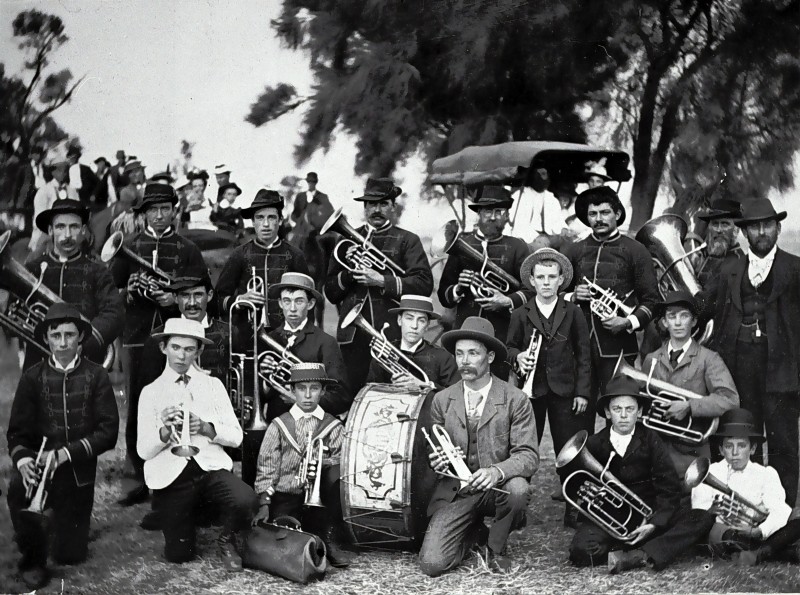Teaching Musical Notation and Inclusivity
31 October 2022The teaching and learning of musical notation has become a hot new topic since its appearance in the Ofsted Inspection Framework published in July 2022.
For too long, musical notation has been associated with middle class privilege, and yet, if we look at historical photographs of colliery bands, miners would read music every week at their brass band rehearsals. Reading musical notation is deeply embedded in the industrial roots of many towns.
As a researcher I’ve met many primary school children from all backgrounds who wanted to learn to read music and I’ve also met many teachers who thought that reading music was too complicated to be taught in the classroom.This is not true at all! As teachers already know the children in their class and how to meet their learning needs, I believe that they are best placed to teach musical notation.
There are many perceived problems associated with teaching musical notation in English primary schools, and a top one is that many teachers do not read music. It is so easy to address this issue. Using the techniques of the Rhythm for Reading Programme, teachers can learn to read music fluently in time with a backing track (think Karaoke) in five minutes. Yes - five minutes!
Empowering school staff to read music offers a cost effective and strategic approach to raising standards in reading across the curriculum.
Stay tuned for the next post, when I’ll discuss ways to meet all of these challenges.

Tags:
Do you have any feedback on this blog post? Email or tweet us.
